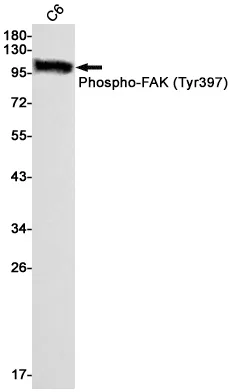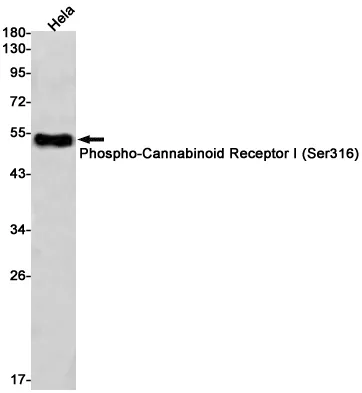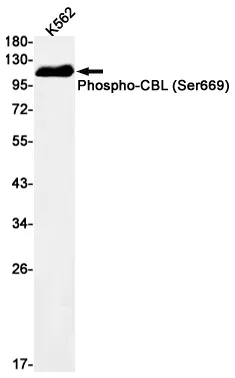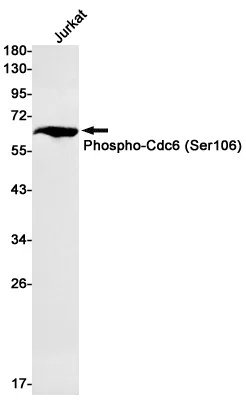Summary
Performance
Immunogen
Application
Background
Hormone playing a key role in cardiovascular homeostasis through regulation of natriuresis, diuresis, and vasodilation. Also plays a role in female pregnancy by promoting trophoblast invasion and spiral artery remodeling in uterus. [Atrial natriuretic peptide]: Hormone that plays a key role in mediating cardio-renal homeostasis, and is involved in vascular remodeling and regulating energy metabolism (PubMed:8653797, PubMed:7595132, PubMed:2825692, PubMed:7720651, PubMed:8087923, PubMed:2532366, PubMed:22307324, PubMed:18835931, PubMed:21672517, PubMed:15741263, PubMed:16875975). Acts by specifically binding and stimulating NPR1 to produce cGMP, which in turn activates effector proteins, such as PRKG1, that drive various biological responses (PubMed:25401746, PubMed:9893117, PubMed:1672777, PubMed:1660465, PubMed:2162527, PubMed:2825692, PubMed:7720651, PubMed:22307324, PubMed:8384600, PubMed:21098034). Regulates vasodilation, natriuresis, diuresis and aldosterone synthesis and is therefore essential for regulating blood pressure, controlling the extracellular fluid volume and maintaining the fluid-electrolyte balance (PubMed:8653797, PubMed:7595132, PubMed:2825692, PubMed:7720651, PubMed:2532366, PubMed:8087923). Also involved in inhibiting cardiac remodeling and cardiac hypertrophy by inducing cardiomyocyte apoptosis and attenuating the growth of cardiomyocytes and fibroblasts (PubMed:16875975). Plays a role in female pregnancy by promoting trophoblast invasion and spiral artery remodeling in uterus, and thus prevents pregnancy-induced hypertension (By similarity). In adipose tissue, acts in various cGMP- and PKG-dependent pathways to regulate lipid metabolism and energy homeostasis (PubMed:22307324, PubMed:18835931, PubMed:21672517, PubMed:15741263). This includes upregulating lipid metabolism and mitochondrial oxygen utilization by activating the AMP-activated protein kinase (AMPK), and increasing energy expenditure by acting via MAPK11 to promote the UCP1-dependent thermogenesis of brown adipose tissue (PubMed:22307324, PubMed:18835931, PubMed:21672517, PubMed:15741263). Binds the clearance receptor NPR3 which removes the hormone from circulation (PubMed:1672777).






